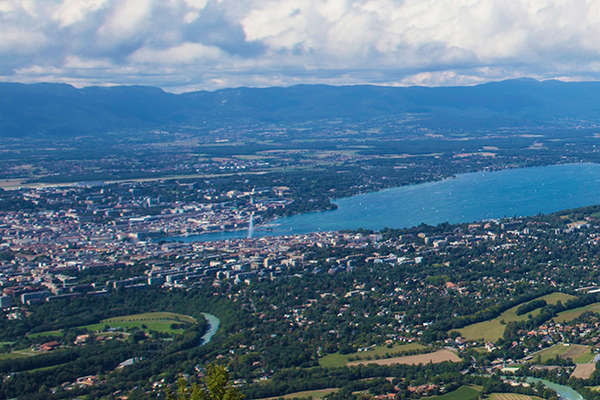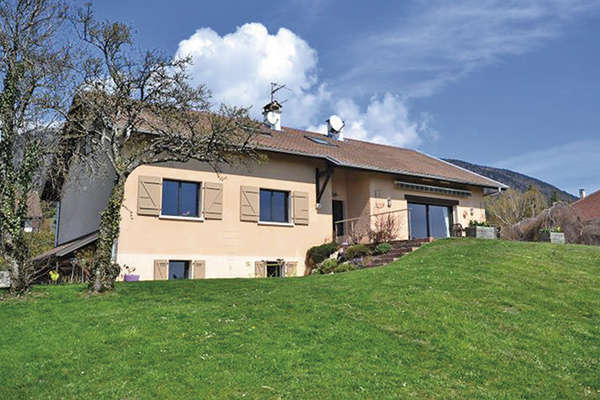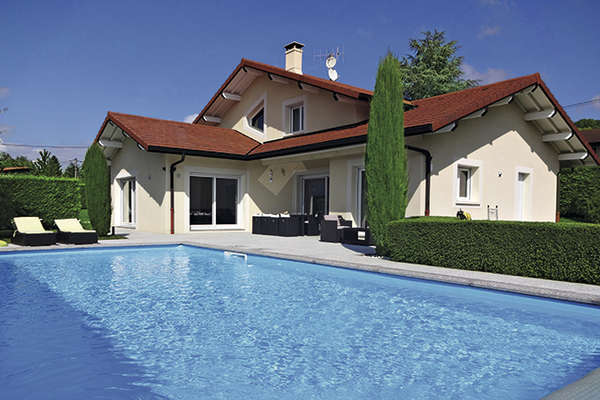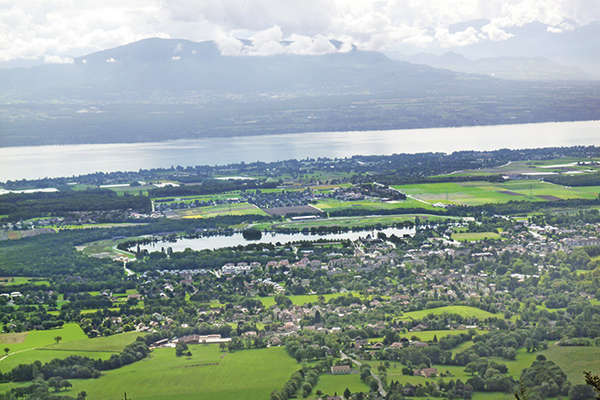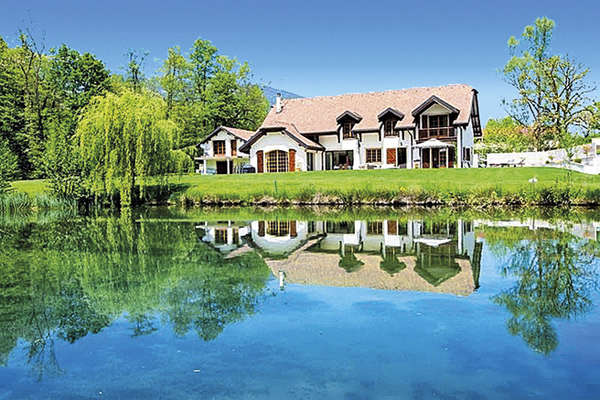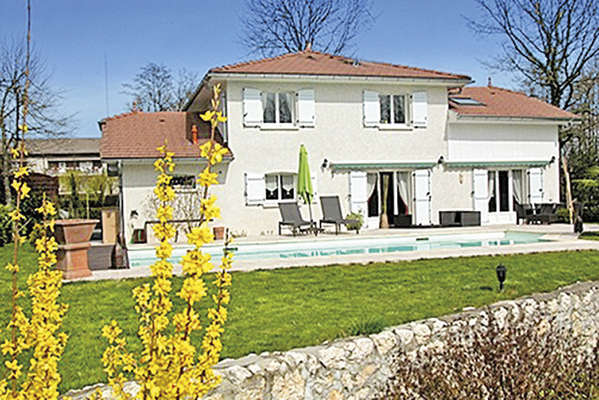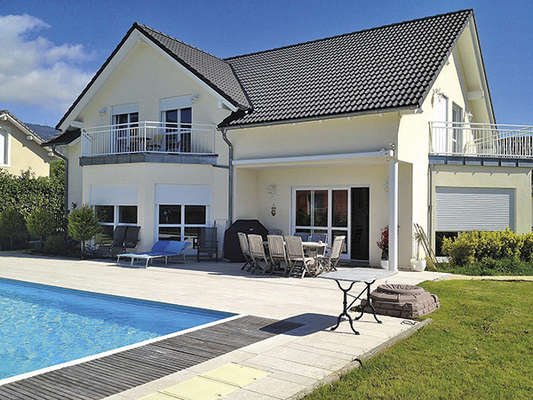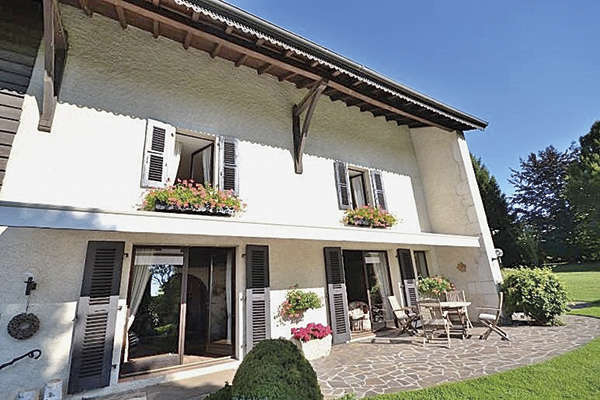Villeurbanne, at the gateway to Lyon
By Laetitia Rossi - 06 May 2013
This town in the Rhône region, benefiting from the metro, two tramlines and a trolleybus, stands on the left bank of the river at the edge of Lyon’s 3rd “arrondissement”, between the Parc de la Tête d’Or, Bron and Vaulx-en-Velin. 145,150 residents share this neighbourhood, home to the second largest population in the “département”.
Villeurbanne is structured by two main thoroughfares, Cours Emile-Zola and the ring-road Boulevard Laurent-Bonnevay, and comprised of three sets of neighbourhoods, Emile-Zola to the north and south, and the ring-road area to the east. La Tête d’Or, officially administered by the City of Lyon, is not the only park to benefit Villeurbanne, which also accommodates the campus of La Doua to the north, and on the banks of the Rhône, the 100 acres of La Feyssine. 93 % of its residents live in apartments ; 74 % make their living from the service sector, 19 %, from industry. Culture is very much part of the scene. As witnessed by the mediatheque, Le Rize, a venue for debates and discussions, the institute of contemporary art and the Ateliers Frappaz, a metropolitan urban arts centre. La Doua is, in fact, one of the largest university sites within the agglomeration.
”Residences built in the 1960’s and1970’s in the least desirable neighbourhoods post prices of around 1,950 €/m2 on average, whereas new ones with terraces and garages in Charpennes can attain 3,400 €/m2,” says Thierry Pointu of the Citya agency. As shown by recent sales, investors are becoming rather thin on the ground. The occasional long-term investments almost exclusively concern studios or apartments with 1 or 2 main rooms close to La Doua, an interesting address for student rentals. Here, a couple of 30 year-olds with a child recently paid 279,000 € for a 3-bedroomed apartment of 87 m2 with a garage. One does find, however, a real phenomenon of loyalty. While the Villeurbannais are not usually inclined to leave the commune, some Lyonnais refuse categorically to live there while others see it as the prefecture’s 10th “arrondissement”. A first-time buyer then paid 112,000 € for an apartment of 42 m2 in Gratte-Ciel, in a soundly-built block dating back to the ’seventies with parking facilities. In the very midst of this urban setting, one comes across “islands” of early 20th-century or post-war houses, such as a small “pavillon” of 65 m2 on a quiet road in Le Bon Coin, sold with its garden of 400 m2 for 217,000 €. As a prolongation of Lyon, the Villeurbanne market proves to be rather buoyant, chalking up at most a decline in prices and sales, together with longer completion times, now of about 3 to 4 months. Purchasers are relatively young, drawn by the neighbourhood’s potential. Cours Emile-Zola should see its traffic reduced with “soft” means of transport encouraged, while Le Carré de Soie, accessible by tram and trolleybus, plays host to a shopping mall and leisure centre.
“The majority of apartment blocks in Villeurbanne rose from the ground in the 1960’s-1970’s,” says Maxime Caminale of Laforêt Immobilier. “The 1,900 €/m2 price ratio now only applies to neighbourhoods on the far side of the ring-road, whereas those intra-muros are pegged on average at 2,500 €/m2.” The old tendency of the Lyonnais to reject Villeurbanne automatically seems to be fading, firstly due to prices, sometimes 20 to 40 % lower for equivalent accommodation. Furthermore, the geographic dividing-line has become invisible and the public transport network identical. In fact, buyers are beginning to think in terms of a metropolis. Investors will pay up to 150,000 €, giving priority to closeness to main roads and lively areas. The existence of houses at the very heart of town is a real asset. Recently, one example of 180 m2 in need of modernization, with a garden of 500 m2, found a taker at 480,000 €. Villeurbanne’s reserve of building land is another strong argument. It is enabling the neighbourhood of La Soie, for instance, to grow in place and stead of industrial wasteland. Each area has its own atmosphere. And the locals are passionately fond of their own neighbourhood’s personality.
